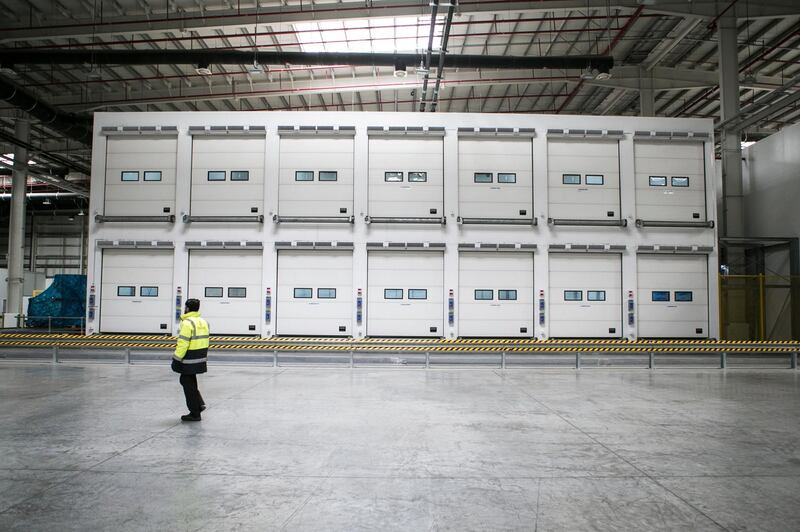Middle East air freight demand rose 5.4 per cent year-on-year in July, the fastest growth of any world region last month despite increasing trade risks, according to trade body the International Air Transport Association (Iata).
By comparison, global air freight demand - measured in freight tonne kilometres (FTK) - rose 2.1 per cent in July compared to a year earlier, the slowest growth since May 2016 as tensions between the US and China rise.
“The tariff war and increasingly volatile trade talks between the world’s two largest trading nations – China and the US - are rippling across the global economy putting a drag on business and investor sentiment. Trade wars only produce losers,” said Alexandre de Juniac, Iata’s director-general and chief executive. “Globally, we still expect 4 per cent growth over the course of the year, however the downside risk has increased.”
Global freight capacity, measured in available freight tonne kilometers (AFTKs), grew by 3.8 per cent year-on-year in July – the fourth time in five months that capacity growth outstripped demand growth.
At the same time, Middle Eastern carriers’ posted a 6.3 per cent rise in cargo capacity. The region had a 13.7 per cent market share in July.
Seasonally-adjusted freight volumes in the Middle East continue to trend upwards, albeit at a comparatively modest pace by the region’s standards, IATA said.
_____________
Read more:
[ E-commerce to drive air cargo growth in 2018 amid trade war threats ]
[ Etihad to sell cargo aircraft as it shapes new vision ]
[ Freight volume growth slows for Middle East carriers in September ]
_____________
All world regions reported year-on-year demand growth in July 2018, except Africa which contracted by 8.3 per cent, “reflecting a softening in demand on markets to and from Asia and the Middle East”.
The Asia Pacific region slowed to 0.9 per cent growth, Europe and North America each advanced 2.6 per cent, while Latin America grew 3 per cent.
The temporary grounding of the Nippon Cargo Airlines fleet in June may have exaggerated a slowdown in growth at the beginning of July, but there are other indications that slower growth will continue, according to Iata.
These include the inventory re-stocking cycle, which requires quick delivery to meet customer needs; a broad-based weakening in manufacturing firms’ export order books, particularly in Europe, China and Japan, in recent months, and longer supplier delivery times in Asia and Europe, the top two global trading areas by volume.
“This typically means they have less need for the speed afforded by air freight,” Iata said.






